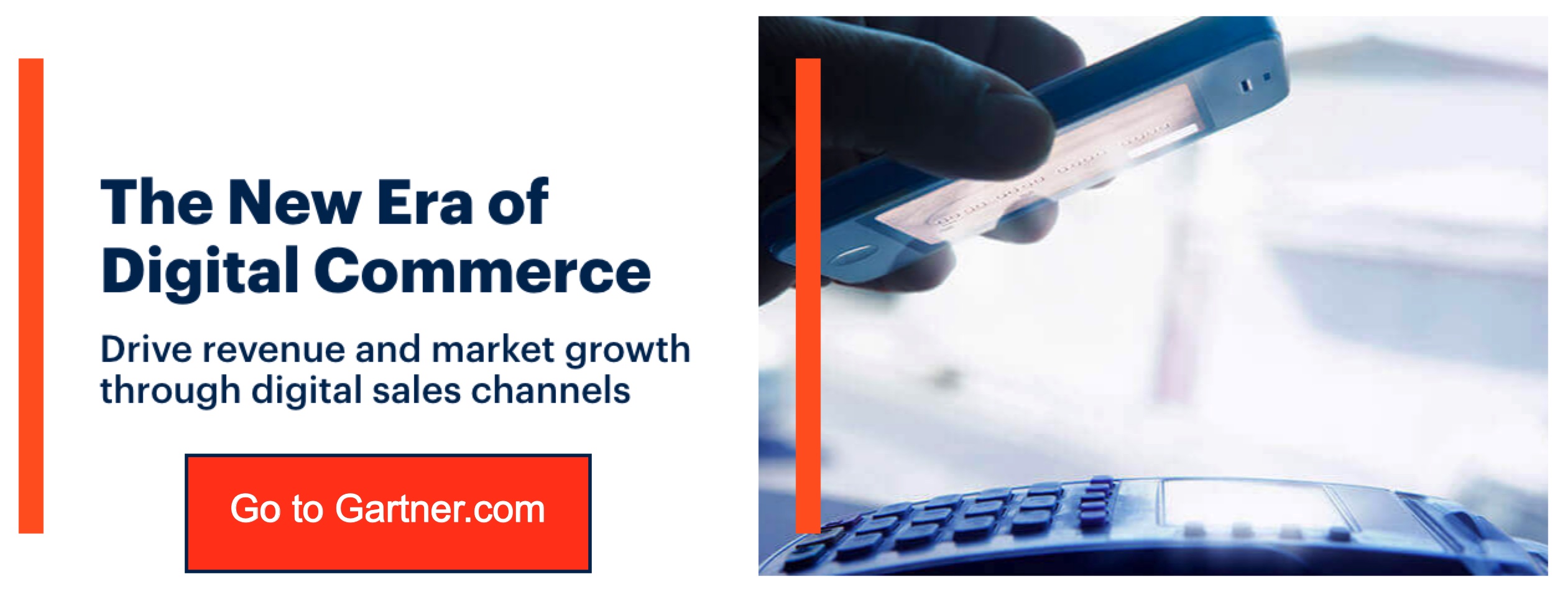Ecommerce Paid Search Spending With Amazon. Markers flood e-commerce, social media, and investment search engines for entertainment and market.
According to a Marin Tech survey as it becomes cheaper and more lucrative for online advertisement.
The study shows extraordinary patterns for social media, e-commerce, and PPC, pay-per-click. This is according to the data gathered in the second quarter-year aggregating data from advertisers. Consequently, who spend millions in advertisement spending on wage quest, social, mobile, and e-commerce.
In the field of social media, Instagram draws many customers. A functionality that is very close to Snapchat Stories that allows people to upload pictures and videos that will disappear after 24 hours. Marin claims that 45% of all Instagram advertisement spend is on posts. New features such as these are more entertaining and visualizing for brands to market directly.
Adopting alternative models
“Advertisers are adopting new models of well-known social media sites. For instance, Instagram Stories, to attract new customers and the effort is taking off,” says the Marin Tech distribution representative, Wesley MacLaggan.
As the domain sees a 40% rise in ad spending, Amazon continues to lead the growing surge of e-commerce. Shopping ads accounted for 37% of overall search spending. Further, for many retailers, Google Shopping appears to be a main traffic and internet provider.
“It would also come as no surprise that the development in eCommerce is growing,” says MacLaggan.” And Amazon’s endorsed brands became the breakout star of Q2. Brands can advertise several products and steer their clients into a product information website.
Try out new ad format
The paid search click volume also increased impressively worldwide. Resulting in a 13% YOY rise. More dramatic IY click growth in particular sectors, with healthcare up 30 percent. Besides, a 25 percent rise in electronics, and 24 percent growth in retail.
If the medical sector is becoming customer-oriented, the search CPCs decline. Hence, opening the way for vendors to get the buck correct by improving their paying search budgets. The CPCs in the industry reached a low of $1.08 over a five-quarter period. The retail and travel prizes were respectively $0.38 and $0.44 for the lowest CPCs of this quarter.
“With the continuing blurring of the lines between search, social, and e-commerce, marketers are free to try out new ad formats while relying on tried-and-tested places,” says Maclaggan.
Google’s downturn
In three months to October, Google’s advertisement company met expectations, pushing parent Alphabet revenues and profits beyond the ceiling. The internet empire has broken a historic US government antitrust prosecution. While its main search company, returned to growth since the pandemic, precipitated the first-ever downturn of Google’s business in July.
Google is bouncing back
Alphabet, Google parent, reported $11.25 billion in net profits in the third-quarter, a long way above the $7.06 billion recorded a year earlier when Silicon Valley’s FANG Quartet was once again in control.
Revenues rose accordingly, from 33,01 billion dollars in the same period to 38,01 billion dollars, once the costs of traffic acquisition were discounted.
Advertising sales both increased and fell year-on-year from 33.8 billion to 37.1 billion dollars.
YouTube ad sales did not cheat either, rising from a year earlier from 3.8 billion dollars to 5.04 billion dollars. In comparison, Google Cloud revenues moved in the right direction from 2.38 billion dollars up to 3.44 billion dollars to complete this rosy picture.



